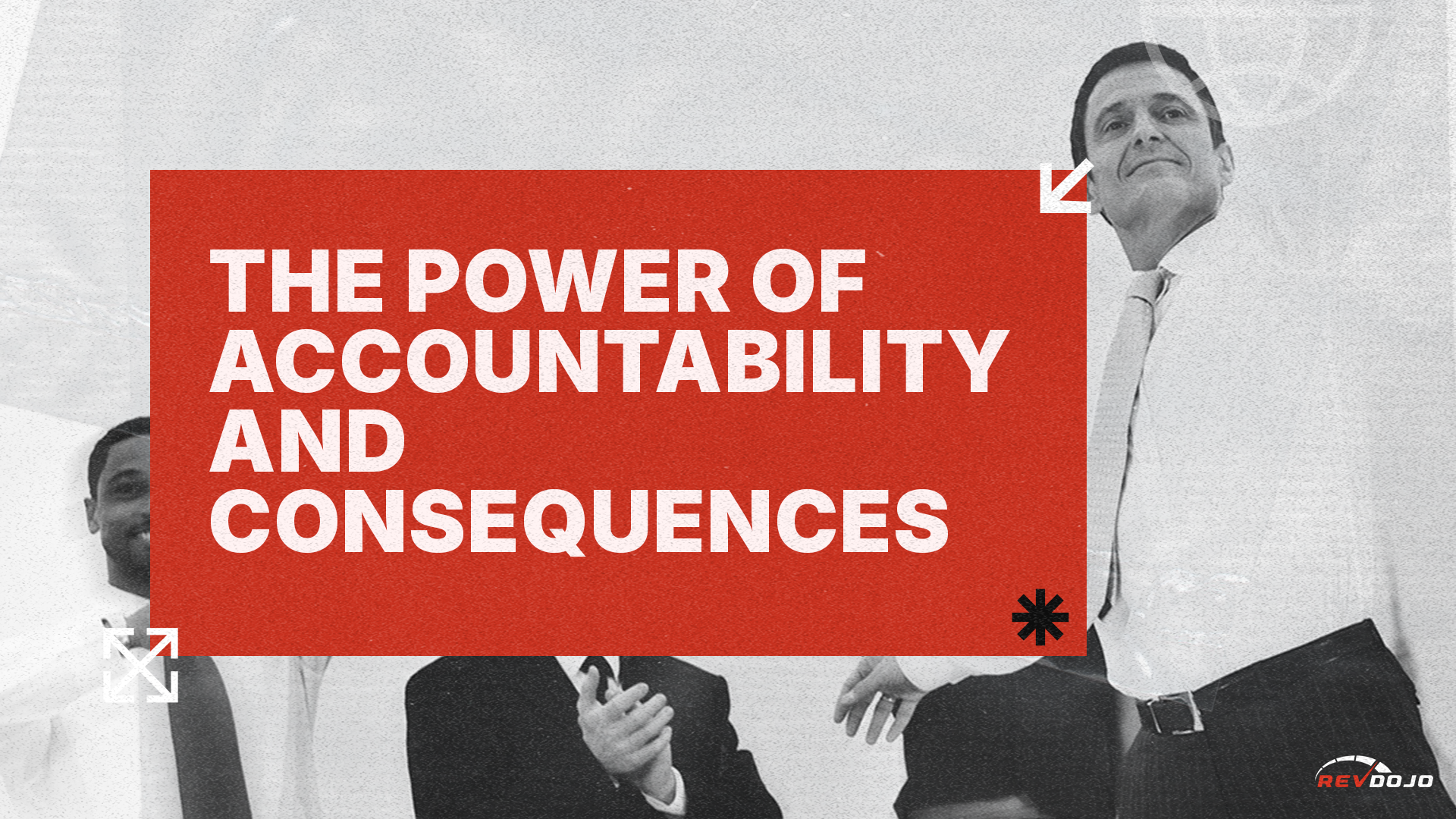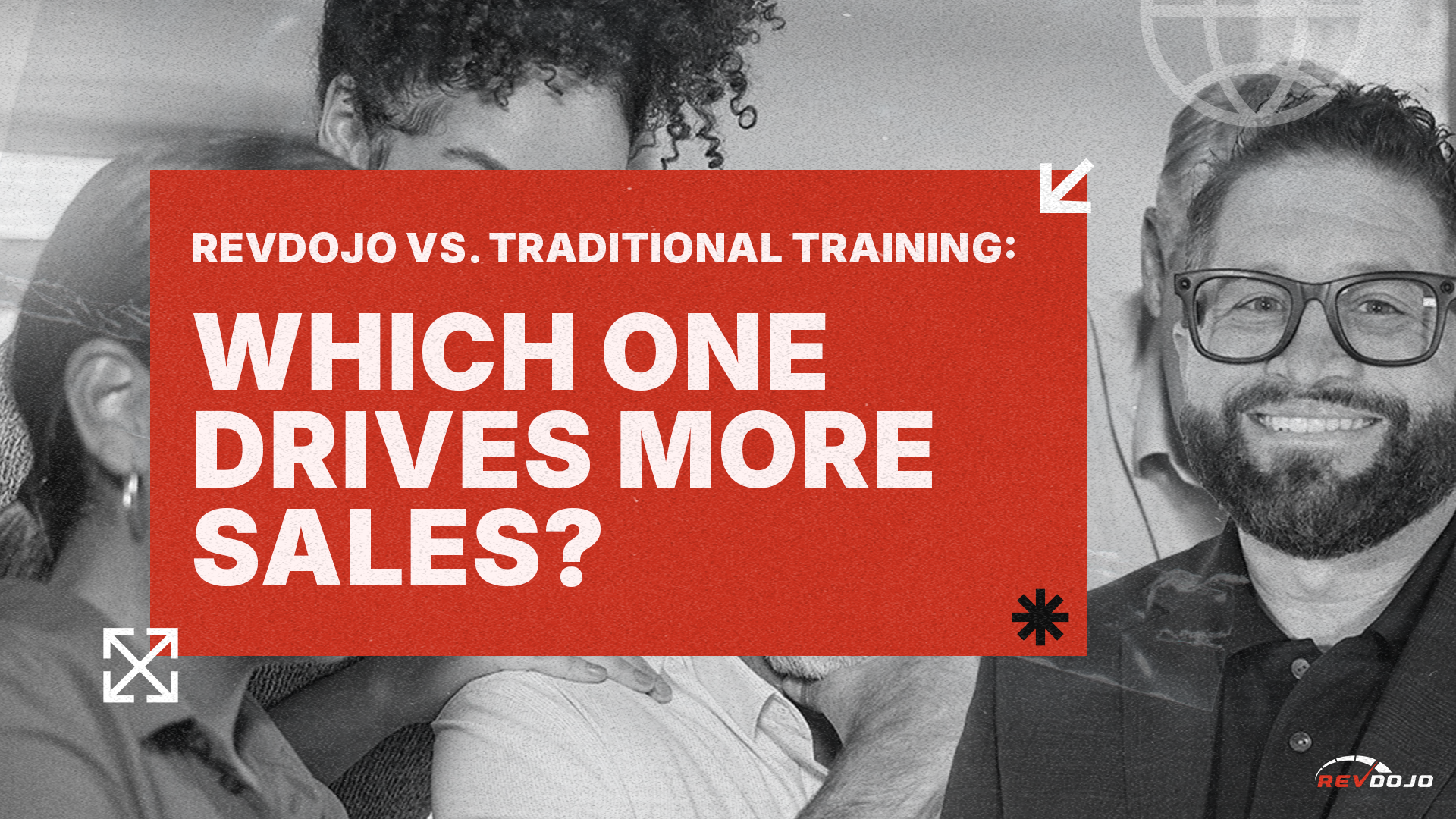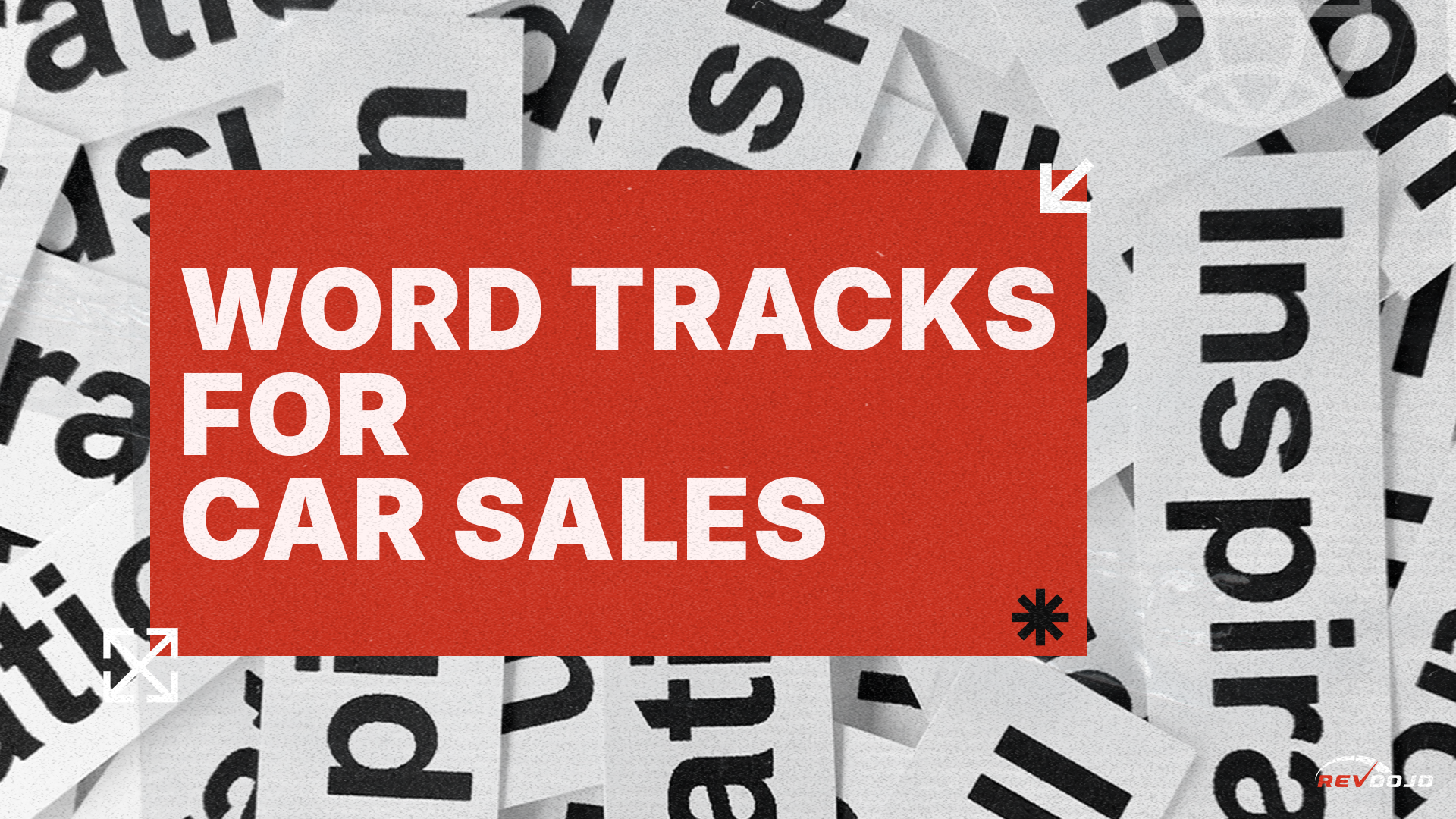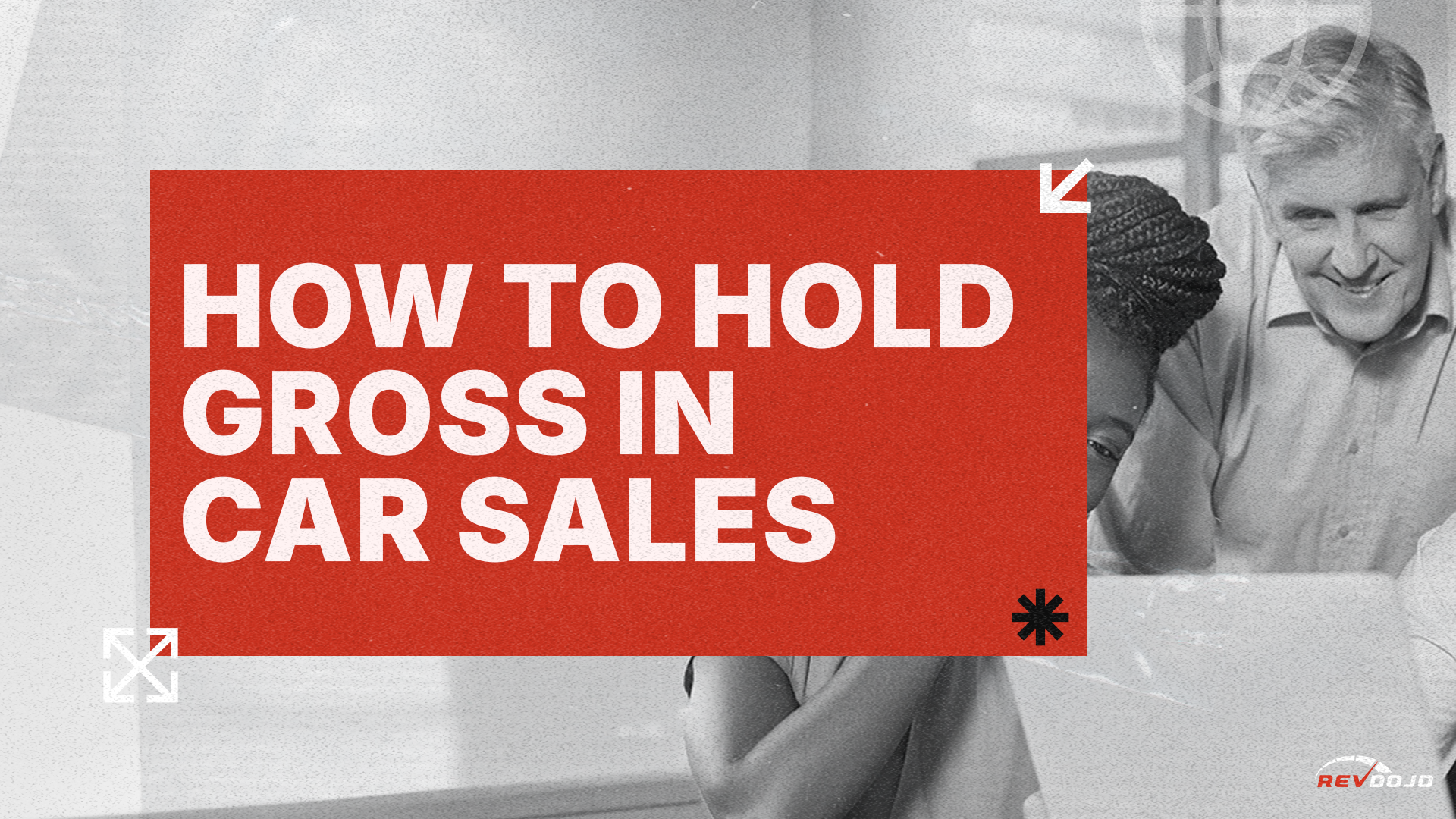Published 19 Feb 2021
Fact Finding | Dealership Showroom Floor Best Practices
Blog
Automotive Sales Training
United States
Sales Process
fact finding
car sales training
dealership best practices
sales process
Fact Finding
Successful Car Sales: Fact Finding Early on

In modern car sales, more and more salespeople have adapted fact finding into the second step of their sales process after the greeting – and there’s a very good reason for it! Fact finding early on is vital to keep your car deals healthy and moving towards the close. Attempting to close on an unhealthy deal is never a good time. So, conducting the right kind of fact-finding early on ensures you will be able to land the buyer on the right vehicle and close the deal today. Don’t let your car deal become unhealthy – good fact finding prevents issues and makes the close easier!
Remember, an ounce of prevention is worth a pound of cure! Failure to get the right fact-finding early could mean spending extra time to close the deal, unsure customers, late objections, and potentially lost deals. So, slow the deal down and find out the valuable information that will allow you to find the right car for the customer. In turn, you will be able to smoothly bring the buyer through your sales process and close today!
This blog will cover common fact-finding errors, how to get the best information, and what to do with the information you receive!
Fact Finding at the Buyer’s Current Vehicle
Fact finding at the customer’s current vehicle is perhaps one of the best ways to gather information useful to closing the deal today! If you know how and why a buyer bought their last car, it is much easier to sell them their next! By skipping fact-finding towards the beginning of the deal, you’re not likely to close the deal today. Even if you do close without fact-finding, your odds of having an extremely satisfied customer and high gross are low.

Therefore, it’s important to have a smooth transition from the greeting to fact finding. For example, you can say:
“What are you driving now? One of the best places to gather information is at your current vehicle. You can show me what you like, what you wish to change and what you are looking for in your next vehicle. While there, I can also grab all the information needed to give you a value on your present vehicle. It will save us a bunch of time. Let’s go, I’ll follow you!”
“I know you are excited to take a look at the new vehicles. I don’t blame you, they are super awesome! I still get excited to look at them, and I see them every day. Before we go out and look at vehicles, do you mind if I gather some quick info first? I want to make sure we find you the right vehicle and this step will save us a lot of time. Follow me.”
"To make the best use of your time, why don't we take a look at your current vehicle?"

Then simply start to walk out to the lot where they parked. Since a lot of buyers trade-in their vehicle, this is an easy, yet highly-effective transition. Remember, fact finding is good for the buyer! It not only allows you to land them on the perfect car, but also saves the buyer time and speeds up the deal. Since you’ve already walked around their current vehicle, when you go take them on a demonstration drive, their trade can simultaneously be appraised!
Early fact finding makes it far easier for you to land the buyer on the right car, making the entirety of your sales process much smoother. You’ll get an in-depth look into information about the buyer’s wants and needs, their buying habits, and likes and dislikes with their current vehicle. As a result, you’ll have a variety of highly valuable information including desired price range, equipment, features, and more! Since most buyers don’t come in on their dream car, they are oftentimes more flexible than they seem. Therefore, gaining this information will help you expand your inventory to find the best fit and create more opportunity to sell a car today!
If you have a fact-finding sheet and don’t do fact finding at the car, still aim to get a lot of high-quality information. However, when the buyer is at their car, you will be able to get more and higher-quality information. Here are some example questions you can ask to gather the necessary information:
- What were you driving when you bought your current vehicle?
- What did you do with that vehicle?
- Where did you purchase your current vehicle?
- What do you like about your current vehicle?
- What don’t you like about your current vehicle?
- Who drives your current vehicle most?
- What was important to you at the time you selected this vehicle?
- What is making you want to get into something new?
- How many miles do you drive a year?
- Which features are on your current vehicle that you do not need in your next vehicle?
- Which features are on your current vehicle that you need in your next vehicle?
- What is your current vehicle mostly used for?
Attitude During the Walkaround of Their Current Vehicle
During fact finding at the buyer’s current car, it’s important to maintain a happy and positive attitude! Complement their current vehicle to build rapport and go through everything about the buyer’s current car. If you notice an issue with their trade or they bring up a problem, keep it small and move on. There’s no need to devalue their vehicle or insult their trade early on. Salespeople can feel tempted to do this, but negativity early on in the deal can severely damage or kill the deal.
So, make a mental note of any damage or issues with their trade and stay on a positive track. Then, when you are further down the sales process, you can use this information to combat objections to their trade price. Use any issues with the trade to logically explain why their vehicle is valued at a certain number.
Negotiating with Fact Finding

Fact finding helps set you up for proper negotiation that leaves you with higher gross on each car deal! Once you gather information on what the buyer wants and needs, you can put yourself in a good spot for future negotiations. To do this, offer to show the buyer lesser-equipped and better-equipped vehicles that still fit the realm of what they’re looking for while walking the lot. This will give you room to negotiate later down the road without immediately resorting to price negotiation.
For example, when the buyer objects to the price during the close, you can now start the negotiation focused around equipment and features instead of money. Bring up previously shown lesser-equipped vehicles that have a lower price and offer to go back out and take a look at them again. You already know what the buyer wants, so this is a logical way to control the negotiations and give the buyer perspective of what they are getting for the price.
All blog posts

The Role of Customer Experience in Closing More Automotive Sales

Top-Rated Automotive Internet Sales Training for Dealership Teams

Why Dealerships With Good Car Inventory Win (And How to Make Sure Yours Does)

Driving Sales Success: The Power of Accountability and Consequences in Automotive Sales Training

Top 10 Automotive Sales Tips to Turn Cold Leads into Hot Prospects

From Rookie to Rockstar: How RevDojo Transforms Car Sales Careers

RevDojo vs. Traditional Training: Which One Drives More Sales?

Word Tracks for Car Sales: Close More Deals in Less Time

Car Sales Objections CRUSHED: 10 Word Tracks That Actually Work

How to Hold Gross in Car Sales – 5 Tactics That Still Work in 2025
RevDojo is the all-in-one solution for automotive businesses looking to thrive in today's competitive market.
© 2024 Revdojo. All rights reserved.